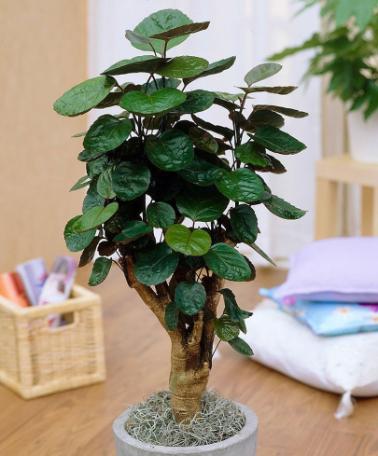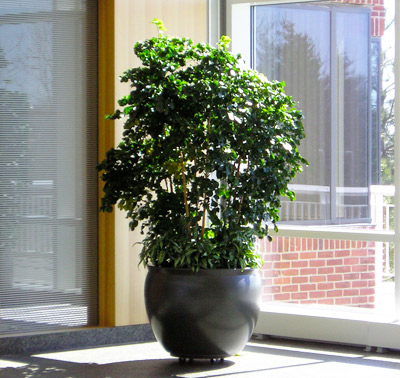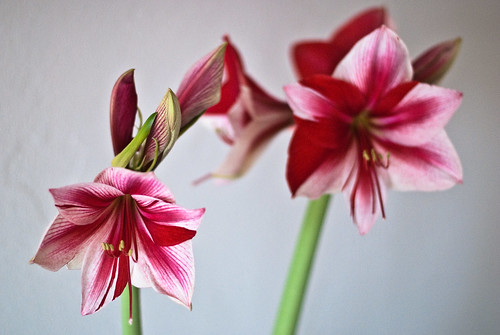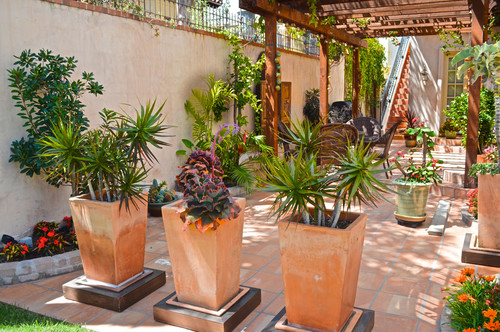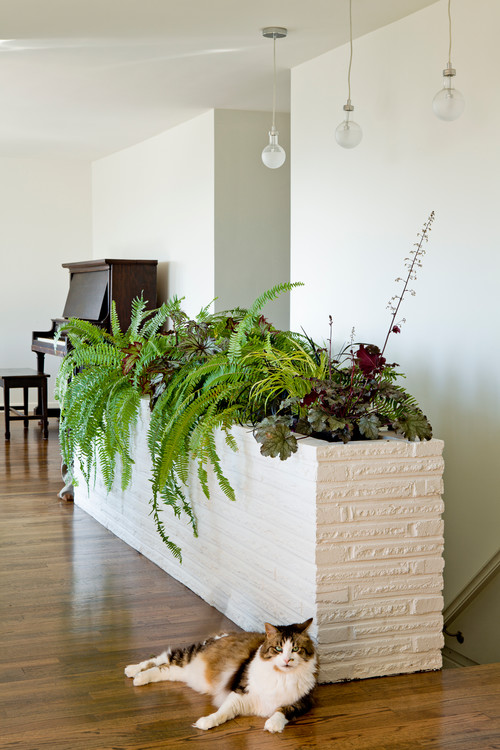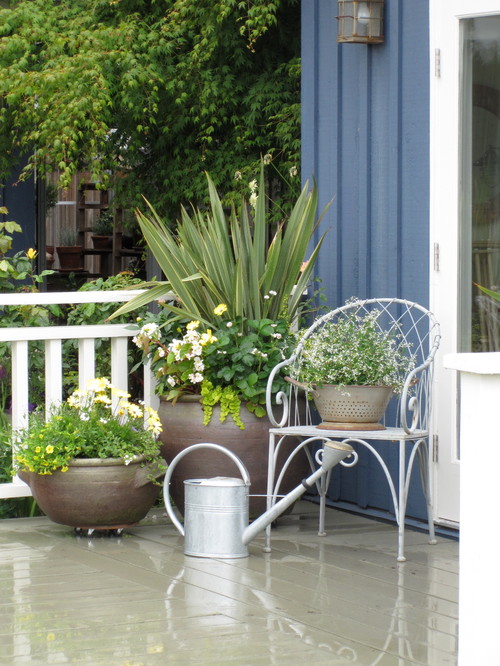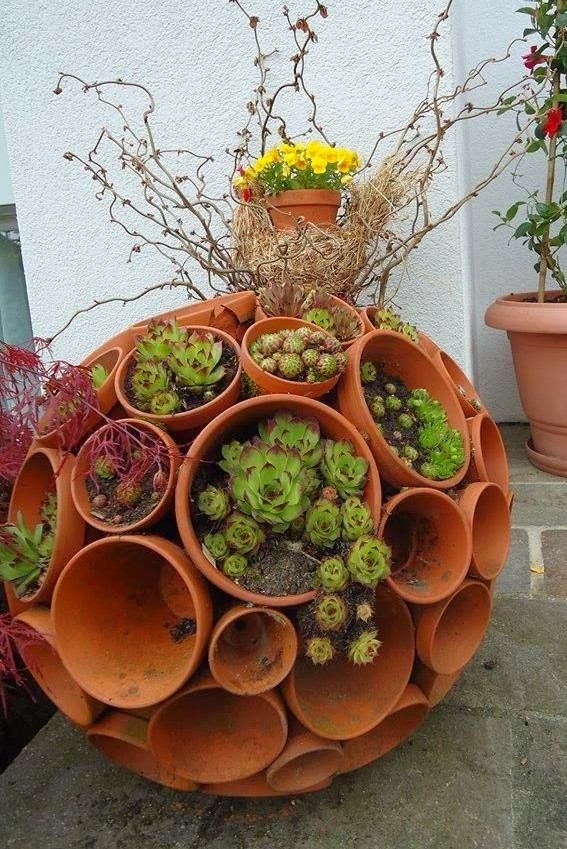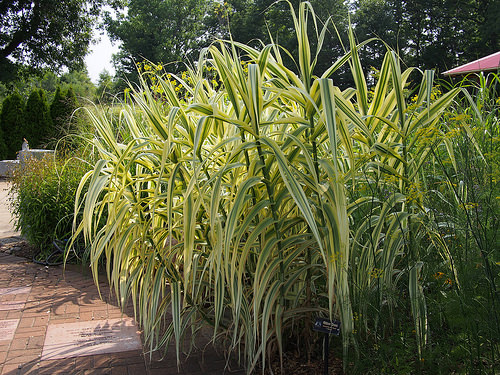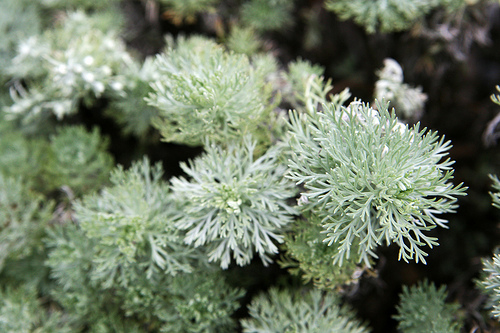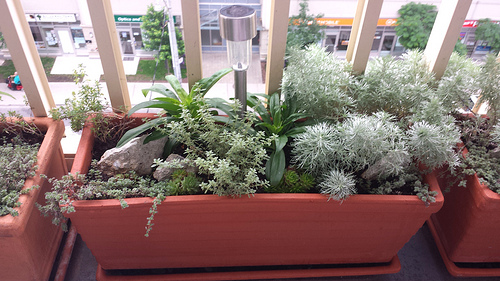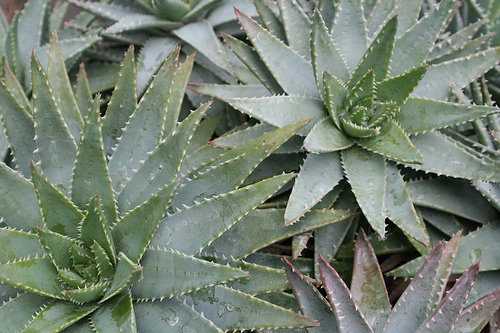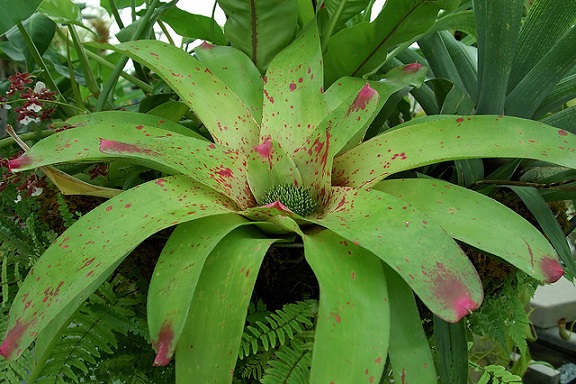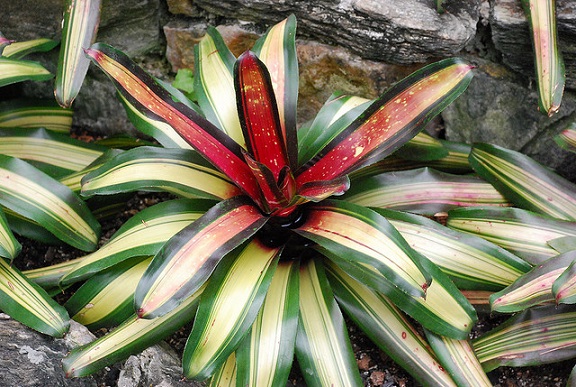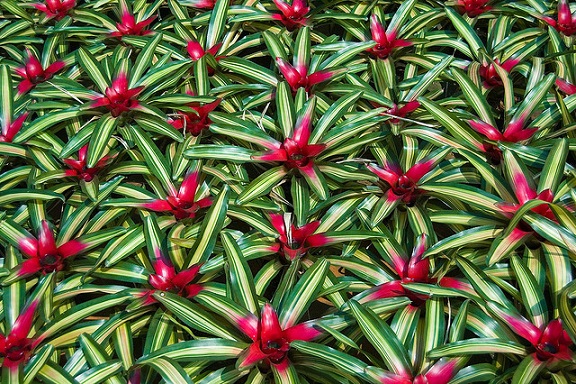Best Fragrant Houseplants for Your Home
Indoor plants, especially fragrant houseplants are ideal when it comes to bringing nature and its goodness to your home. Weather you are looking for plants for your living room, patio, or the sunroom garden, fragrant houseplants freshen up the air and add that distinctive and irresistible natural look to your indoor space. The following are some of the best fragrant houseplants you should consider for your home:
Gardenia
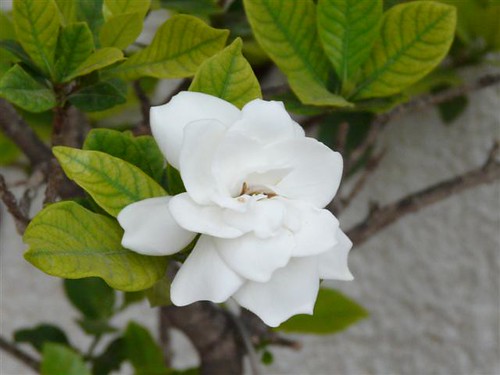
Gardenia is one of the best fragrant houseplant you will find. Their dark green leaves and creamy-white flowers are a sight to behold and easily compliment any décor you may have. Gardenia may not be the easiest indoor plant to care for, but the look and fragrance they offer your living space are all worth the extra effort.
Jasmine

Jasmine plants produce a particular nighttime scent and belong to a class of winter blooms. Not all of them are sweet smelling, but Jasminum polyanthum is what you will be looking for if the nighttime fragrance is your goal. Just make sure they sit next to a sunny window and are in an area with adequate air circulation.
Scented Geraniums

There is a wide variety of Scented Geranium with each having a distinctive scent. They are natives of South Africa and rarely survive the American winters outdoors. Scented Geraniums feature bright green lemon-scented leaves and colorful flowers. You can train them as standards, have them in hanging baskets and put them in cute pots for your living room or kitchen.
Spearmint

Most of us want a plant that is easy to grow and maintain. Spearmint releases a unique minty smell to make any living room feel fabulous. The aroma is almost similar to that of peppermint but has less menthol. Spearmint has a square-shaped stem and spear-like leaves. It is pest-resistant and is rich in vital nutrients, vitamins, and anti-oxidants. You can harvest leaves to spice up your morning tea and evening dessert.
Lavender

Lavender has a reputation for its sweet fragrance and appealing flowers. It is generally a low maintenance plant that also repels mosquitoes and other bugs. They thrive in dry climatic conditions, and it’s perfectly fine to water them once per month. However, lavender requires a good dose of lighting so placing them on a windowsill is a good idea.
For more information on fragrant houseplants and gardening tips, check out Michelle’s website: https://www.gardeningleave.org
